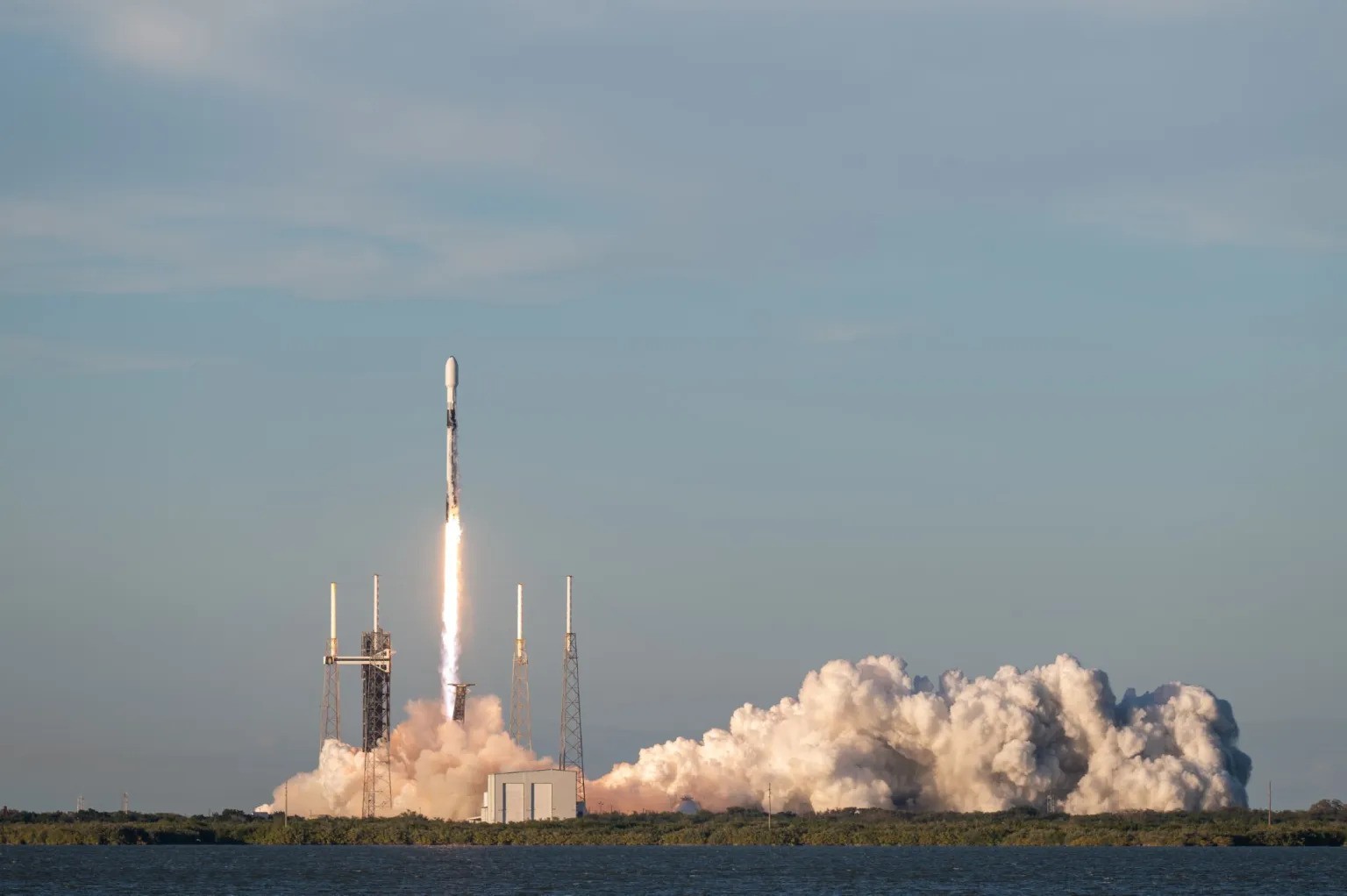SpaceX has launched six satellites designed for the US military into space. Two of them are for tracking launches of hypersonic and ballistic missiles. The rest are demonstration satellites.

SpaceX launched satellites for the military
On February 15, SpaceX launched the USSF-124 mission, which is ordered by the US military. In total, six spacecraft were launched into orbit, the details of the design of which are classified.
The launch of the Falcon 9 took place at 5:30 p.m. Eastern from the Cape Canaveral Space Force Station, Florida. Two minutes after launch, the first stage separated from the carrier and soon made a successful landing on the site in zone 2. The satellites were placed in the specified orbits.
What kind of satellites have been put into orbit?
USSF-124 was the eleventh mission performed by SpaceX as part of the National Security Space Launch program, and the second under the NSSL Phase 2 contract. Of the six satellites, two are prototypes of vehicles capable of tracking launches of hypersonic and ballistic missiles. They were created by L3Harris Technologies and Northrop Grumman at the request of the Missile Defense Agency of the US Department of Defense. This organization is part of the country’s Space Forces and is developing the Proliferated Warfighter Space Architecture space network.
Meanwhile, four other satellites were test vehicles created by L3Harris on the order of the Space Development Agency as part of the Tracking Layer Tranche 0 program. This network will consist of a huge number of spacecraft. After all, only last year, 23 of them were launched.
The satellites for both networks will be in the same equatorial orbit. At the same time, the Space Development Agency sees no reason for increased competition. On the contrary, they see a huge advantage in being able to observe the Earth simultaneously from both types of spacecraft.
The fact is that the satellites of both networks will work a little differently. The spacecraft of the Space Development Agency have wide-angle infrared cameras capable of tracking the thermal traces of launches over a large area. The satellites of the Missile Defense Agency have a much narrower viewing angle. But at the same time, they are able to more accurately determine the speed and height of the target, which is very important for intercepting hypersonic missiles.
According to spacenews.com
Follow us on Twitter to get the most interesting space news in time
https://twitter.comne/ust_magazine


